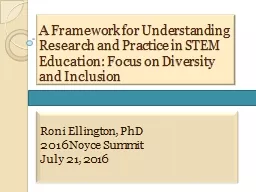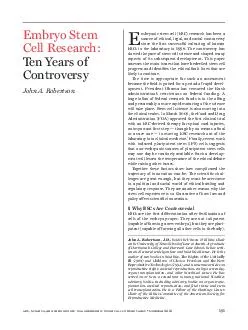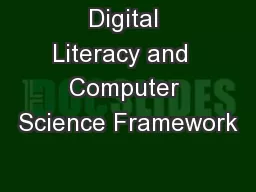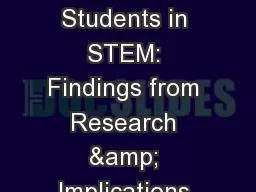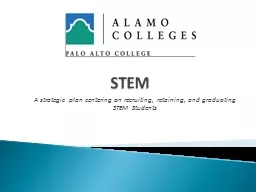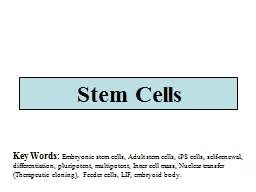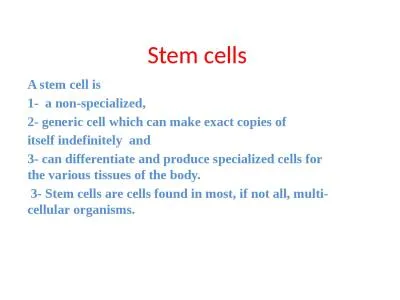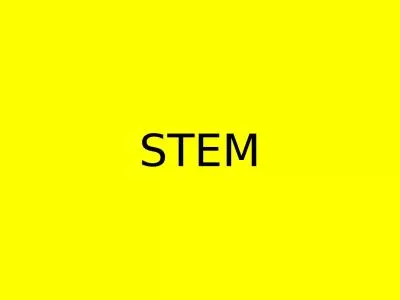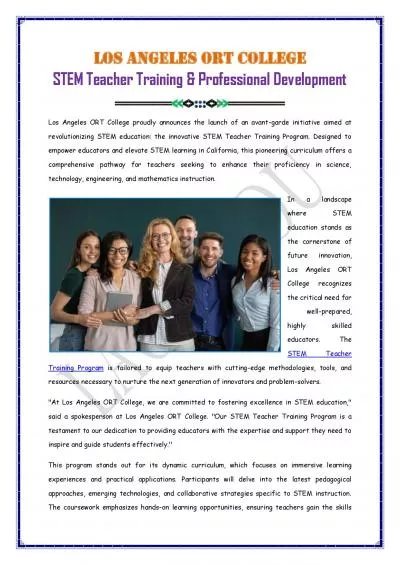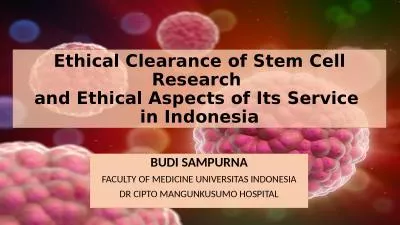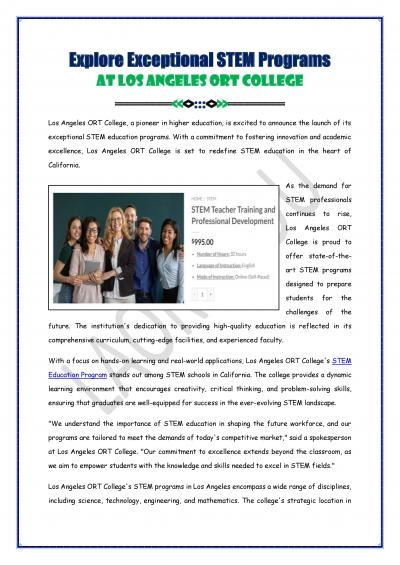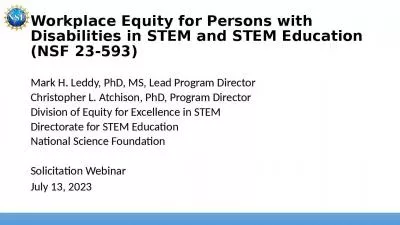PPT-A Framework for Understanding Research and Practice in STEM
Author : trish-goza | Published Date : 2017-06-05
Roni Ellington PhD 2016 Noyce Summit July 21 2016 Thank You for the Invitation It is my pleasure and honor to be here today I am deeply moved that you thought
Presentation Embed Code
Download Presentation
Download Presentation The PPT/PDF document "A Framework for Understanding Research a..." is the property of its rightful owner. Permission is granted to download and print the materials on this website for personal, non-commercial use only, and to display it on your personal computer provided you do not modify the materials and that you retain all copyright notices contained in the materials. By downloading content from our website, you accept the terms of this agreement.
A Framework for Understanding Research and Practice in STEM: Transcript
Download Rules Of Document
"A Framework for Understanding Research and Practice in STEM"The content belongs to its owner. You may download and print it for personal use, without modification, and keep all copyright notices. By downloading, you agree to these terms.
Related Documents

